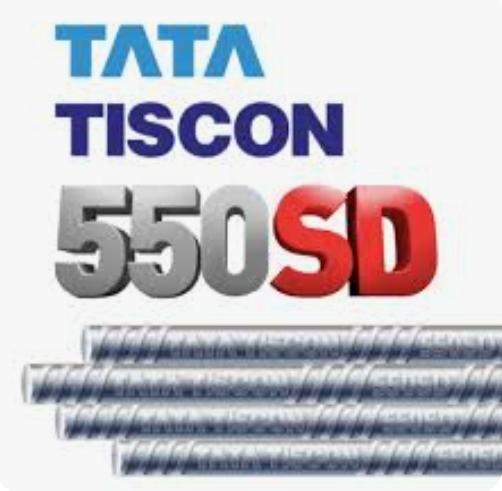UNDERSTANDING THE DIFFERENCE BETWEEN MONETARY AND FISCAL POLICY
Introduction:
Monetary and fiscal policies are two essential tools used by governments and central banks to manage the economy. While both aim to achieve economic stability and growth, they operate in distinct ways and have different impacts on the economy. In this article, we will explore the meanings of monetary and fiscal policy and delve into the key differences between the two.
Monetary Policy:
Monetary policy is primarily conducted by a country’s central bank, such as the Federal Reserve in the United States or the European Central Bank in the Eurozone. The central bank’s main objective with monetary policy is to regulate the money supply and influence interest rates to achieve specific economic goals.
Tools of Monetary Policy:
- Interest Rates: One of the primary tools of monetary policy is adjusting interest rates. By increasing or decreasing the benchmark interest rate, the central bank can influence borrowing and spending behavior of consumers and businesses.
- Open Market Operations: Central banks can buy or sell government securities on the open market to increase or decrease the money supply. Purchasing securities injects money into the economy, while selling them withdraws money from circulation.
- Reserve Requirements: Central banks can set reserve requirements, which dictate how much commercial banks need to hold in reserves. Lowering reserve requirements allows banks to lend more, increasing the money supply.
Objectives of Monetary Policy:
The main objectives of monetary policy include controlling inflation, promoting employment and economic growth, and maintaining currency stability. Central banks often target a specific inflation rate to strike a balance between economic growth and price stability.
Fiscal Policy:
Fiscal policy, on the other hand, is determined by the government and involves decisions related to government spending, taxation, and borrowing. It focuses on how the government can influence the economy through its revenue and expenditure policies.
Tools of Fiscal Policy:
- Government Spending: By increasing or decreasing government spending on infrastructure, education, healthcare, etc., the government can directly impact demand in the economy.
- Taxation: Altering tax rates and policies can influence the disposable income of individuals and businesses, affecting their spending and investment decisions.
- Public Borrowing: Governments can borrow money to finance projects or cover budget deficits. The level of public borrowing impacts the overall demand and the cost of borrowing for other sectors.
Objectives of Fiscal Policy:
Fiscal policy aims to achieve economic growth, reduce unemployment, and control inflation. The government can use expansionary fiscal policy (increasing spending or cutting taxes) during economic downturns to stimulate growth, while contractionary fiscal policy (decreasing spending or raising taxes) is used during times of high inflation.
Key Differences:
- Authority: Monetary policy is conducted by the central bank, which operates independently of the government. Fiscal policy, on the other hand, is determined and implemented by the government.
- Tools: The central bank uses interest rates, open market operations, and reserve requirements as tools for monetary policy, while fiscal policy relies on government spending, taxation, and borrowing.
- Timeframe: Monetary policy can be implemented relatively quickly, with changes in interest rates taking effect within months. Fiscal policy changes, however, may require more time, as they often involve legislative processes.
- Focus: Monetary policy primarily aims to control inflation and stabilize prices while supporting economic growth. Fiscal policy focuses on influencing aggregate demand and addressing broader economic issues like unemployment and income distribution.
Conclusion:
In conclusion, monetary and fiscal policies are both crucial instruments for economic management, but they operate through different mechanisms and have distinct objectives. While the central bank focuses on regulating money supply and interest rates, the government uses fiscal policy to manage revenue, expenditure, and borrowing. By using these tools effectively, policymakers can steer the economy towards stable growth and prosperity.


